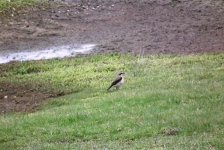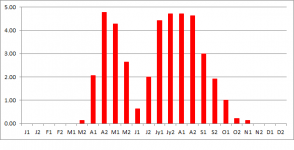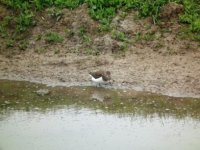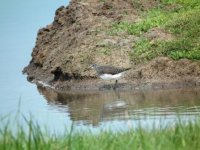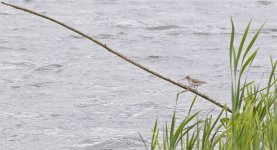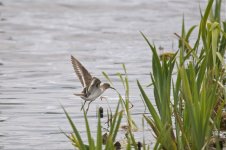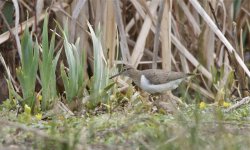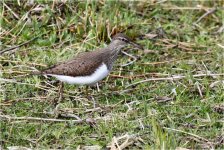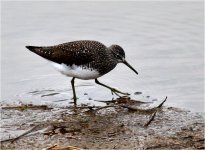Gavo
Well-known member
There are a few closeups on my Flickr site that I took at Slimbridge if they are of any use Gav. Copy & paste this link: http://www.flickr.com/photos/forgetfulelephant/sets/72157624173048730/with/6522300279/
in to your browser address bar to get to the set then click on any thumbnail image to see larger image.
Rob
Cheers Rob, much appreciated.
Another cry for help, during the presentation I have to discuss management strategies for the species, I was wondering if PHIL or JOHN had any stats for breeding redshank at UW, i.e. years they bred, fledgling success/failure and general management employed for them, any info would be most welcome :t:





